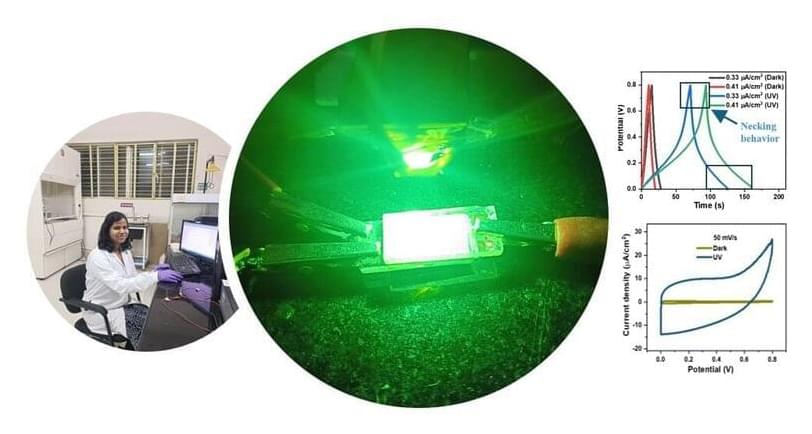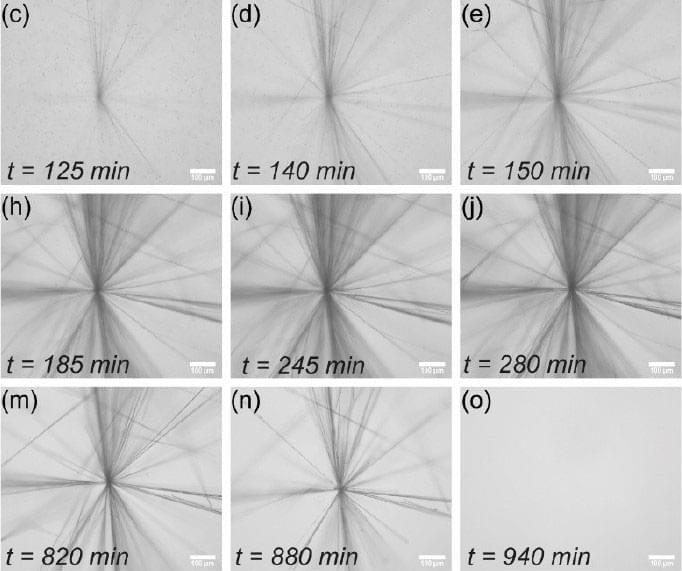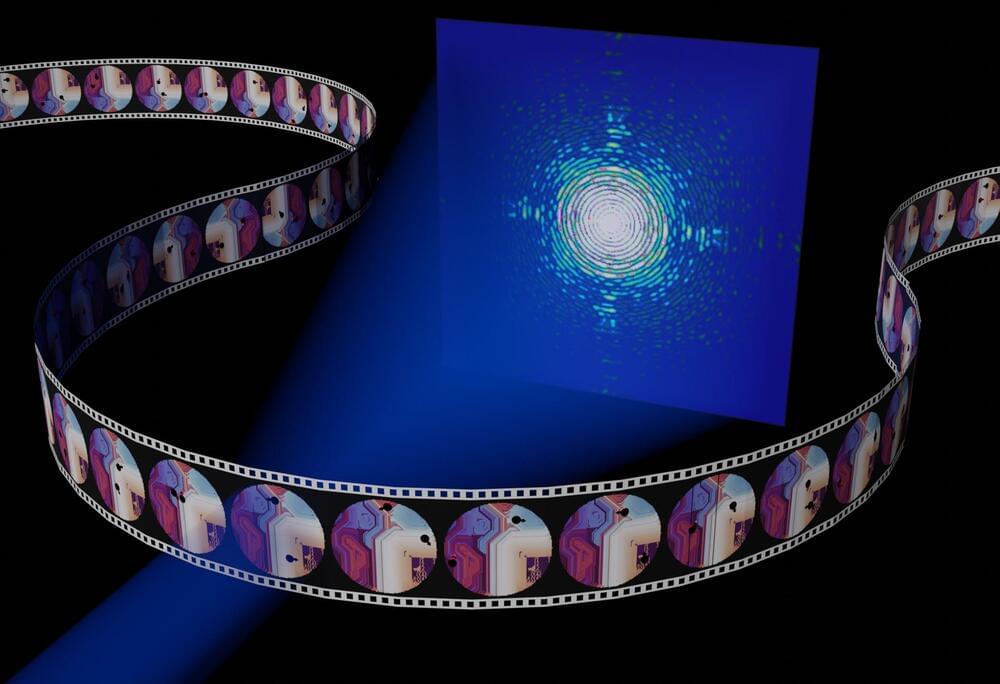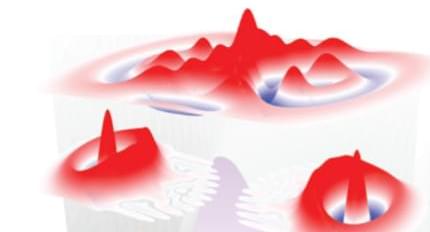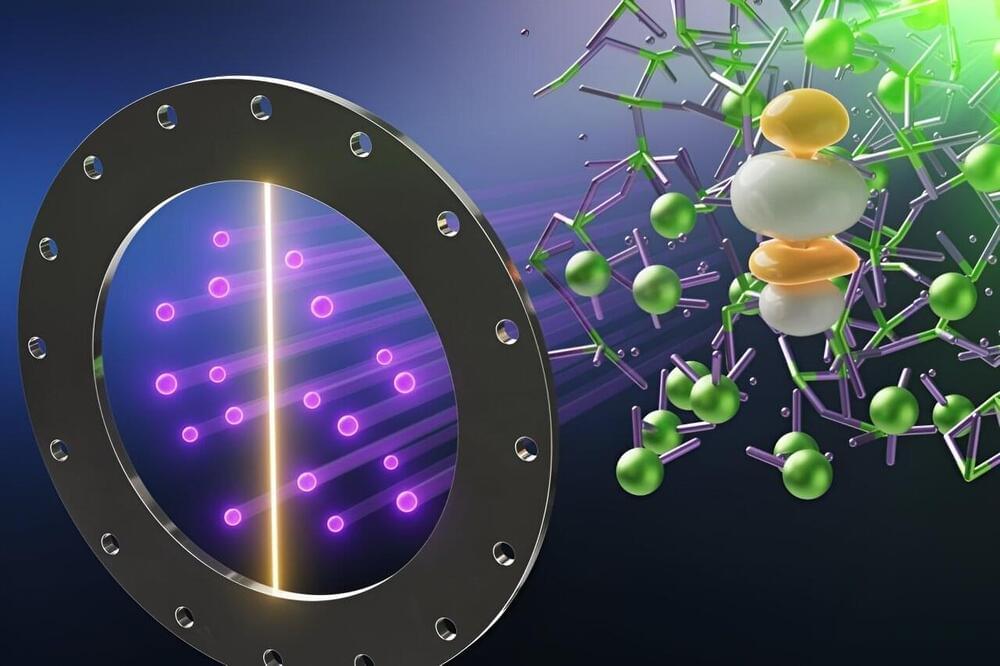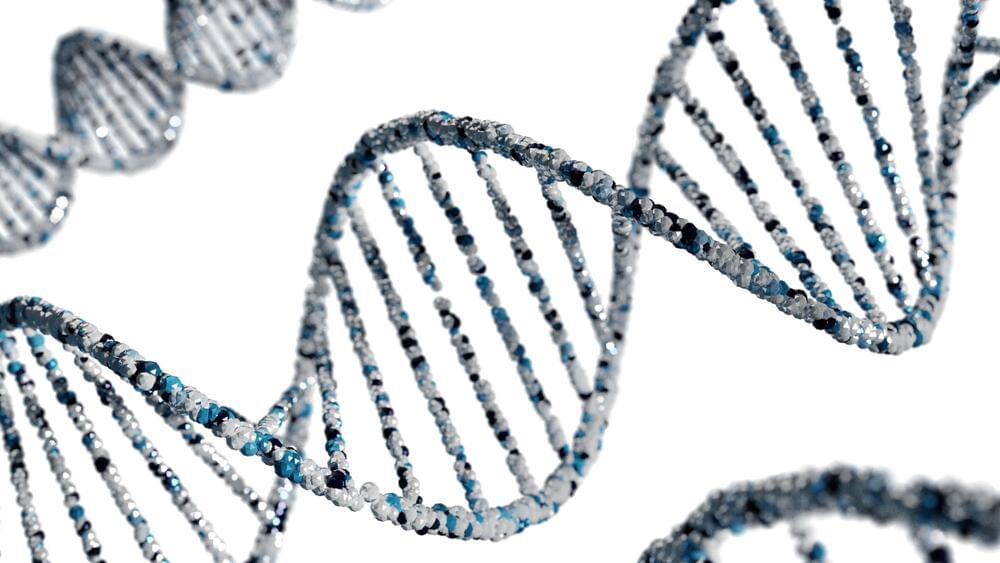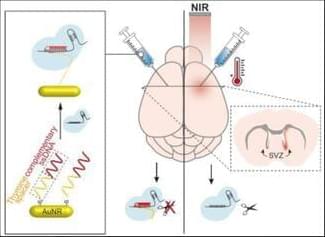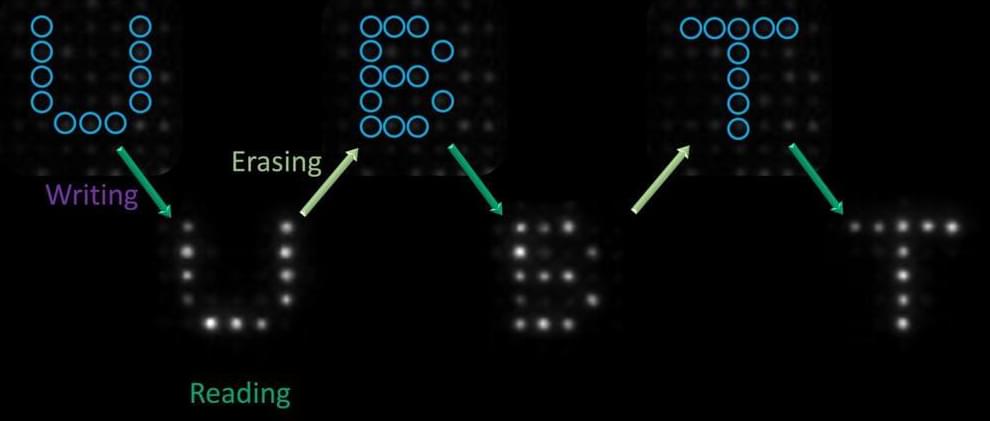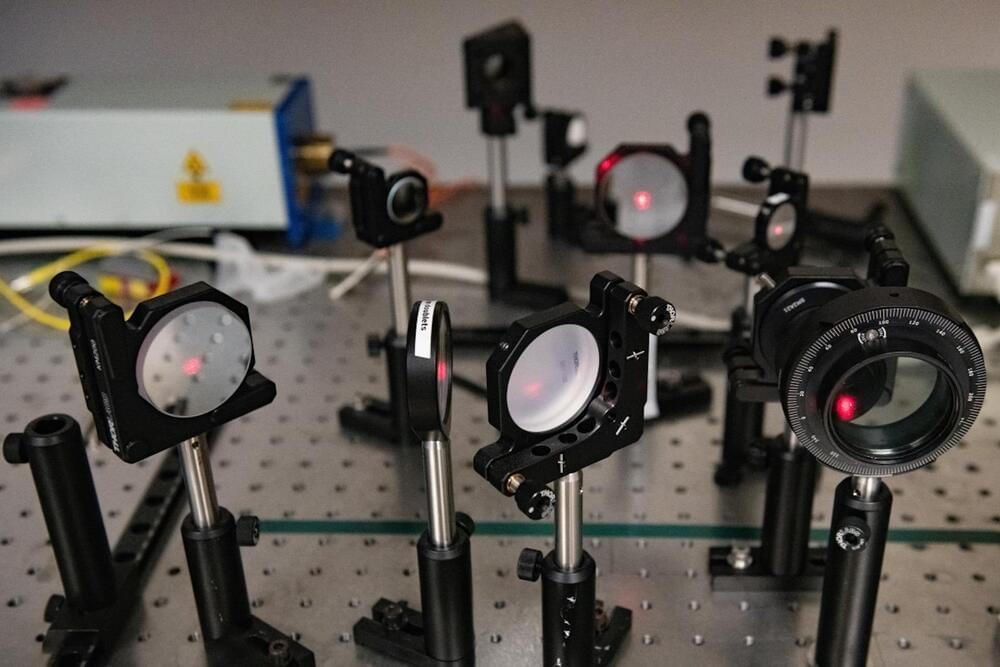Sep 6, 2024
Researchers develop light-charged supercapacitor for self-powered devices
Posted by Saúl Morales Rodriguéz in categories: chemistry, energy, nanotechnology, physics
Researchers at the Department of Instrumentation and Applied Physics (IAP), Indian Institute of Science (IISc) and collaborators have designed a new supercapacitor that can be charged by light shining on it. Such supercapacitors can be used in various devices, including streetlights and self-powered electronic devices such as sensors.
Capacitors are electrostatic devices that store energy as charges on two metal plates called electrodes. Supercapacitors are upgraded versions of capacitors—they exploit electrochemical phenomena to store more energy, explains Abha Misra, Professor at IAP and corresponding author of the study published in the Journal of Materials Chemistry A.
The electrodes of the new supercapacitor were made of zinc oxide (ZnO) nanorods grown directly on fluorine-doped tin oxide (FTO), which is transparent. It was synthesized by Pankaj Singh Chauhan, first author and CV Raman postdoctoral fellow in Misra’s group at IISc.
